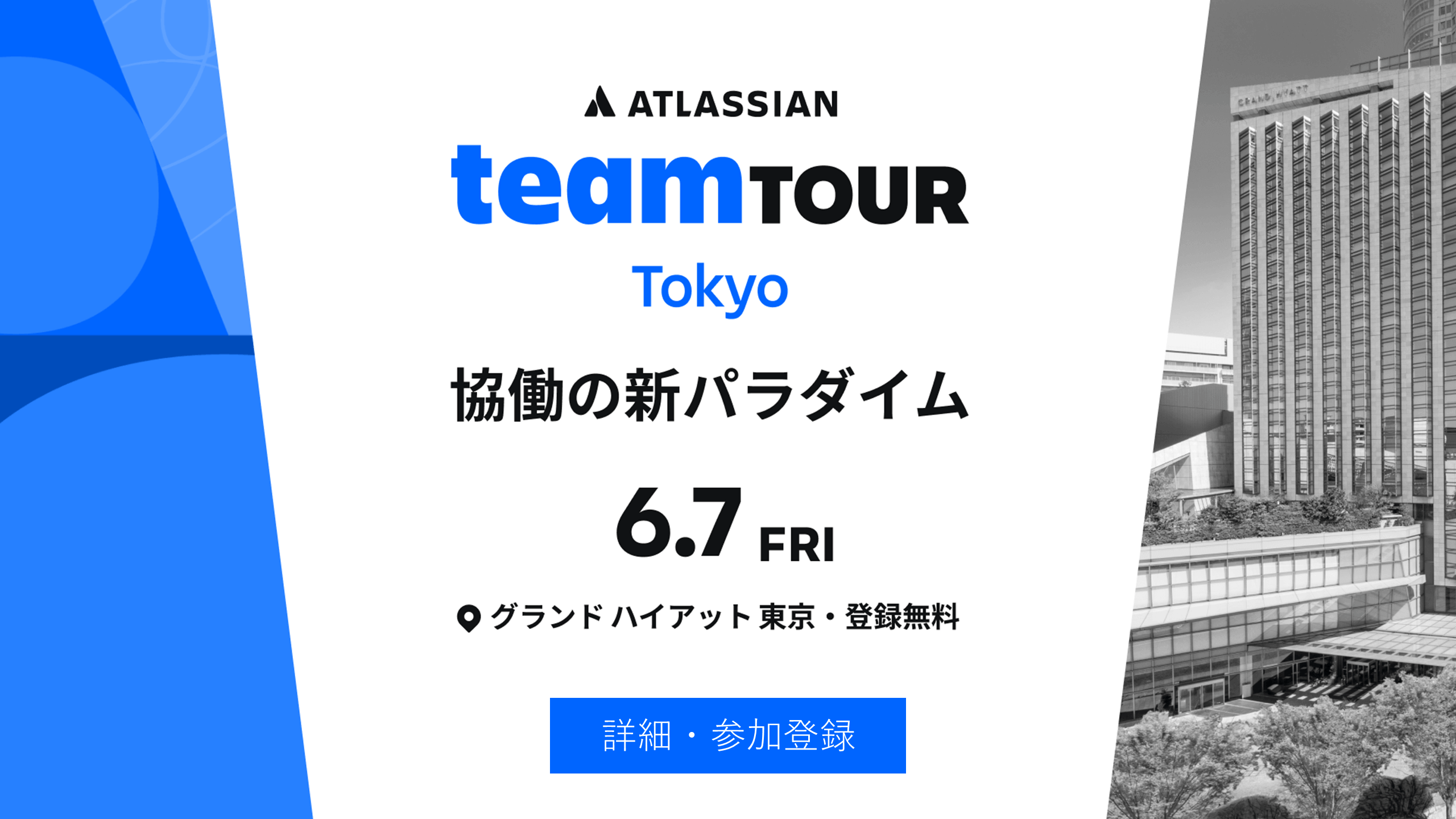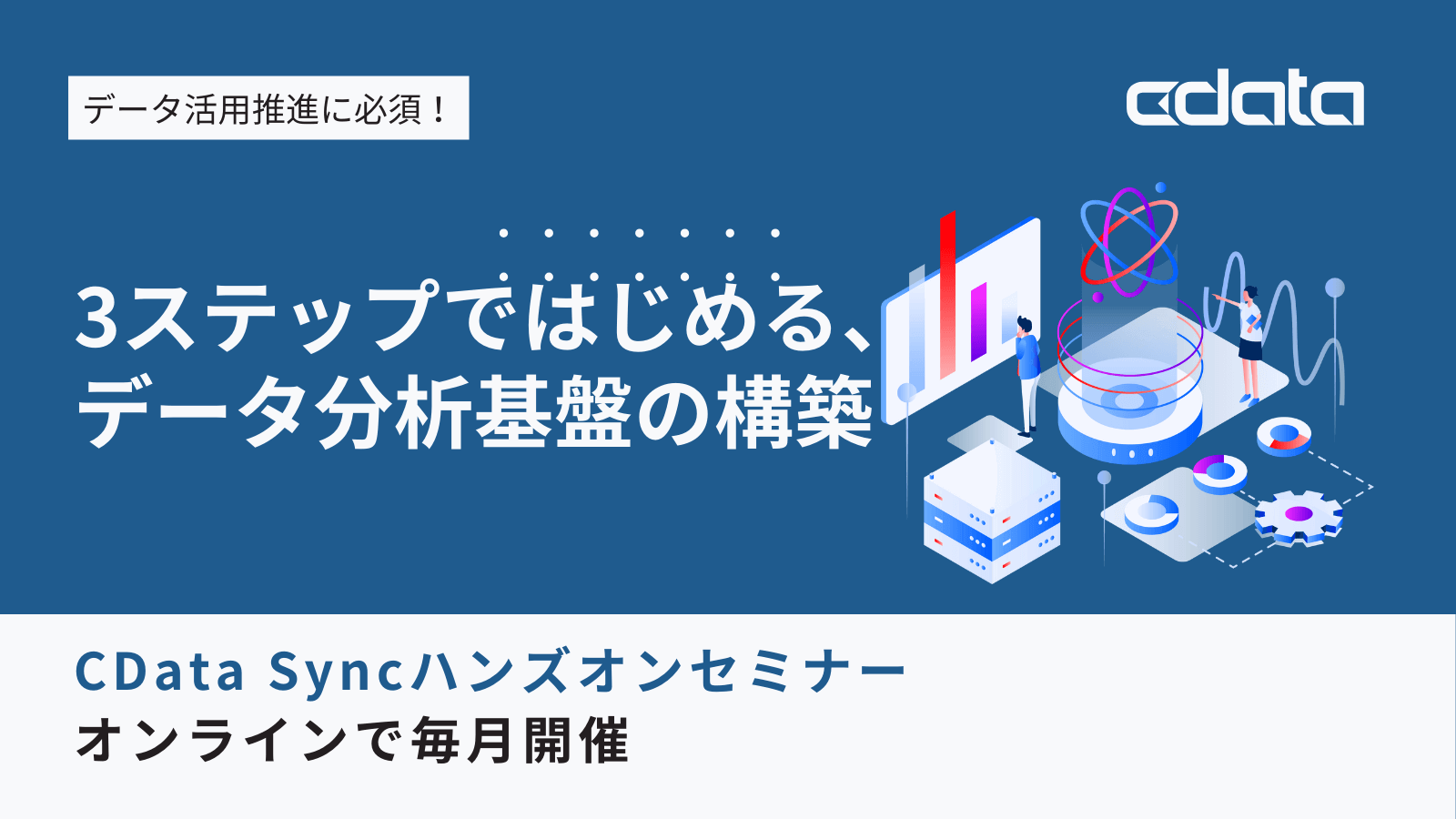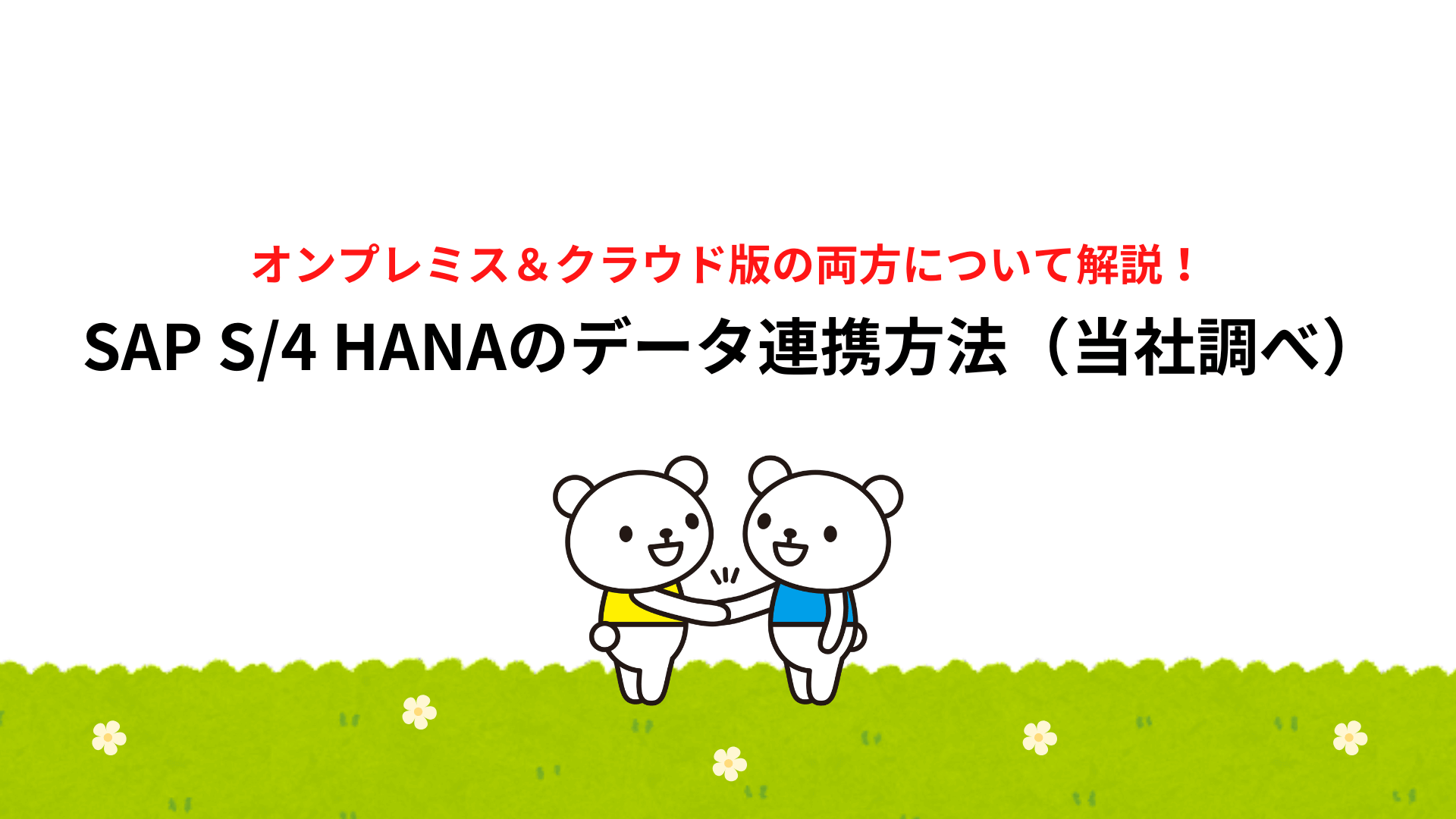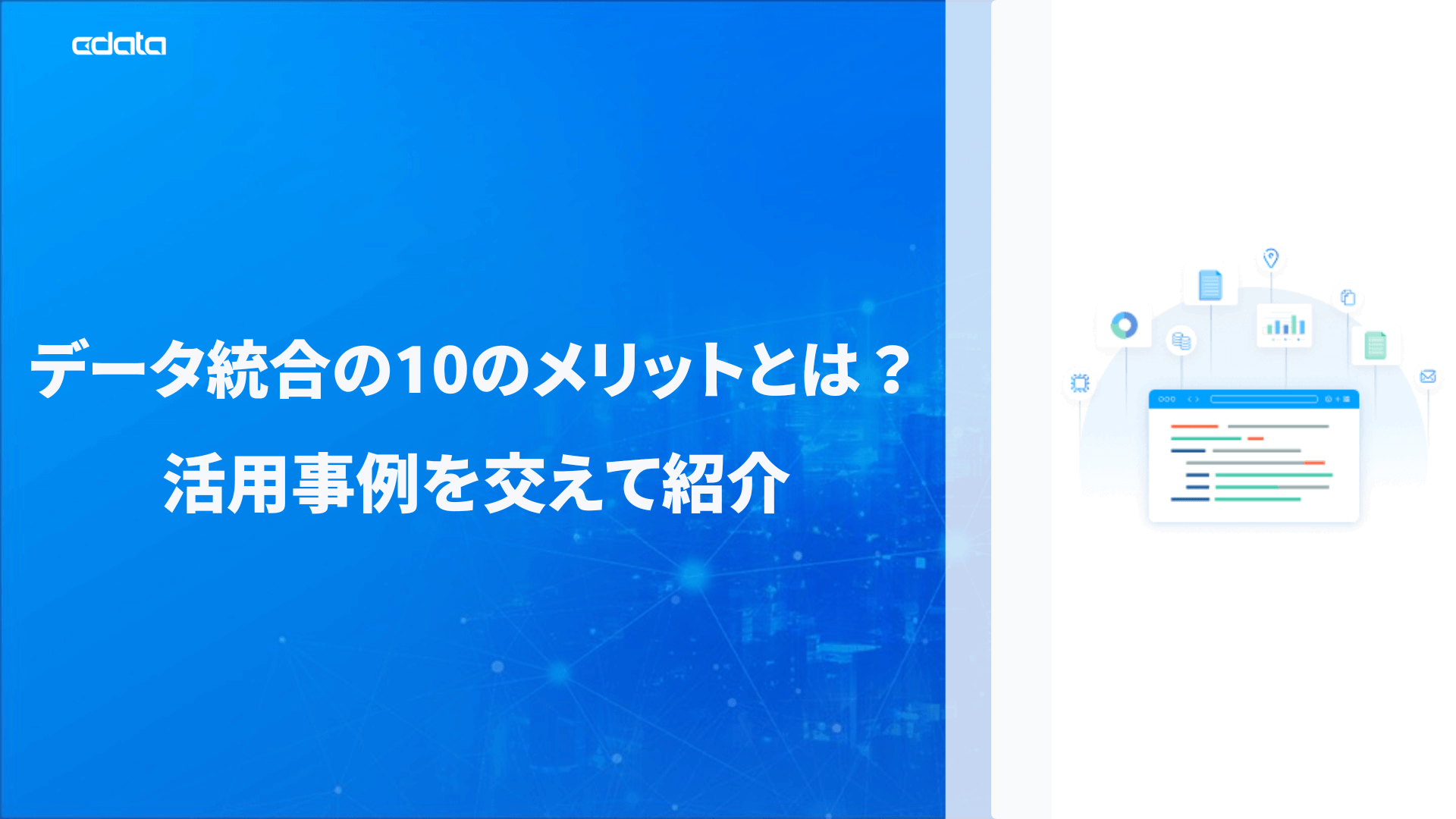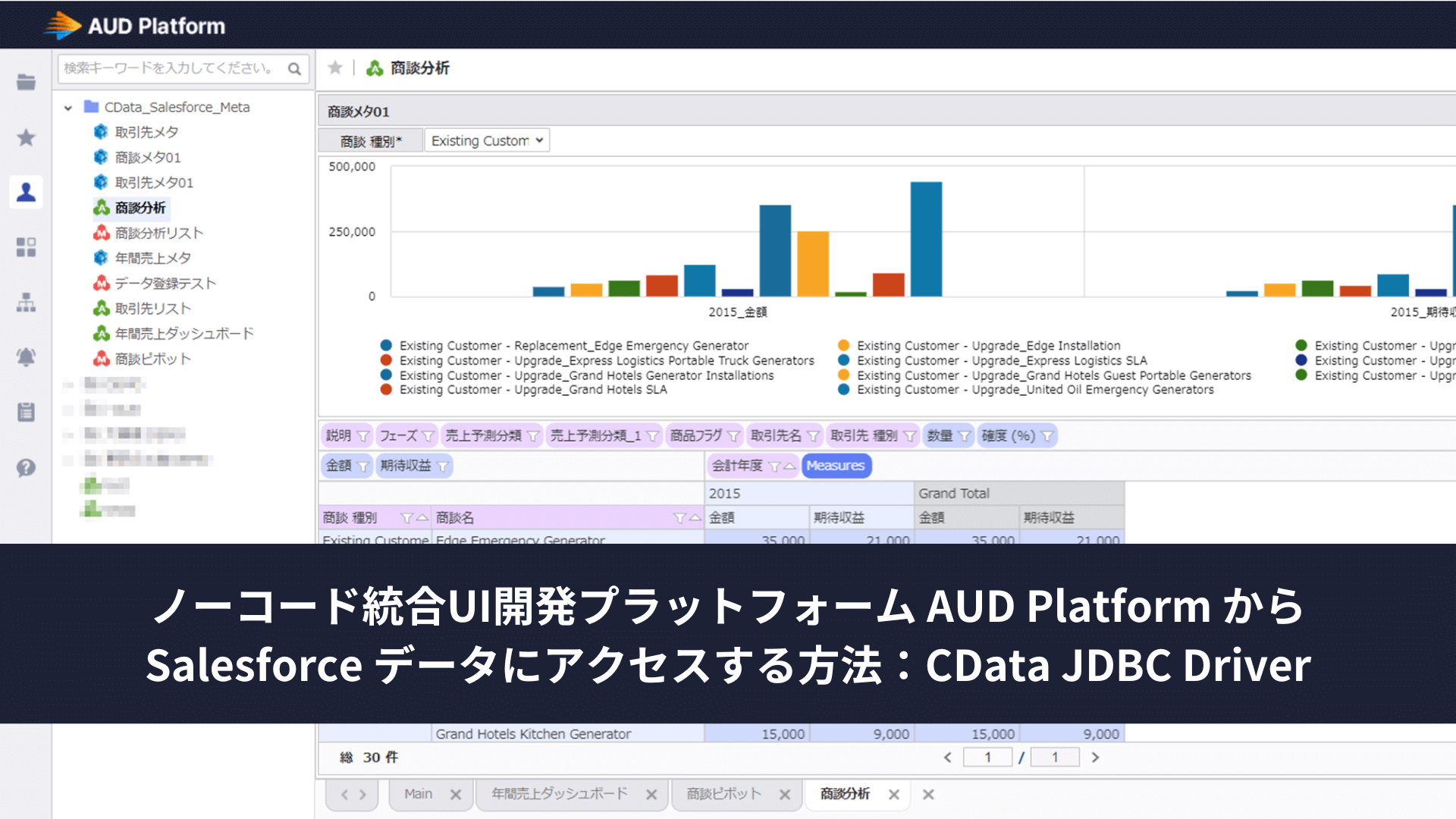ノーコードでクラウド上のデータとの連携を実現。
詳細はこちら →CData Software Japan - ナレッジベース
Latest Articles
- MySQL のデータをノーコードでREST API として公開する方法:CData API Server
- CData Sync AMI をAmazon Web Services(AWS)で起動
- Connect Cloud Guide: Derived Views, Saved Queries, and Custom Reports
- Connect Cloud Guide: SSO (Single Sign-On) and User-Defined Credentials
- Connect Cloud クイックスタート
- Shopify APIのバージョンアップに伴う弊社製品の対応について
Latest KB Entries
- DBAmp: Serial Number Expiration Date Shows 1999 or Expired
- CData Drivers のライセンスについて
- Spring4Shell に関する概要
- Update Required: HubSpot Connectivity
- CData Sync で差分更新を設定
- Apache Log4j2 Overview
ODBC Drivers
- [ article ] Microsoft Power BI Designer でCData Software ODBC ...
- [ article ] RPA ツールPower Automate Desktop からPipedrive ...
- [ article ] Ruby でJira Service Desk データ連携アプリを構築
- [ article ] Linux/UNIX 上のPython からCSV データにデータ連携
JDBC Drivers
- [ article ] TALON でRedis にデータ連携する画面を生成
- [ article ] DbVisualizer で Paylocity データに連携しクエリを作成
- [ article ] Java のPostgreSQL データエンティティを使用したObject-Relational ...
- [ article ] MicroStrategy Desktop でのCData Software JDBC Driver ...
SSIS Components
- [ article ] SSIS を使ってWordPress データをSQL Server にインポート
- [ article ] Garoon データからSQL Server ...
- [ article ] PayPal をSSIS 経由でSQL サーバーにバックアップする
- [ article ] Zoho Books データからSQL Server ...
ADO.NET Providers
- [ article ] Infragistics WPF XamDataGrid と Spark をデータバインド
- [ article ] ADO.NET 経由でTIBCO Spotfire でPresto データに連携してをビジュアライズ
- [ article ] LINQ to Facebook Ads データに連携してみた
- [ article ] Infragistics XamDataGrid を使用してYahoo! Ads ...
Excel Add-Ins
- [ article ] Tableau Bridge でTableau Cloud からのExcel データ連携を実現
- [ article ] StiLL からCData Software ODBC Driver を使ってReckon ...
- [ article ] Microsoft Power BI Designer でCData Software ODBC ...
- [ article ] Excel データを(CData Connect 経由の)Tableau Desktop ...
API Server
- [ article ] 国産RPAツールWinActor でOData データを連携したワークフローを作成
- [ article ] ノーコードアプリ開発ツールSAP Build Apps(AppGyver)でExcel ...
- [ article ] MySQL Workbench でOData データをクエリ
- [ article ] Web 帳票ツール PrintStream でOData データを利用した帳票を作成
Data Sync
- [ article ] PostgreSQL へのAmazon S3 データのETL/ELT ...
- [ article ] Yahoo! JAPAN DATA SOLUTION データをSQL Server ...
- [ article ] SQLite へのAdobe Analytics データのETL/ELT ...
- [ article ] Google Cloud SQL へのRedshift データのETL/ELT ...
Windows PowerShell
- [ article ] PowerShell を使ってRSS データをSQL Server にレプリケーション
- [ article ] PowerShell を使ってPayPal データをSQL Server にレプリケーション
- [ article ] Bing Ads データをPowerShell script でSQL Server ...
- [ article ] PowerShell を使ってMarketo データをSQL Server にレプリケーション
FireDAC Components
- [ article ] Delphi のMicrosoft Project データへのデータバインドコントロール
- [ article ] Delphi のHarperDB データへのデータバインドコントロール
- [ article ] Delphi のMoney Forward Expense データへのデータバインドコントロール
- [ article ] Delphi のFreshBooks データへのデータバインドコントロール

